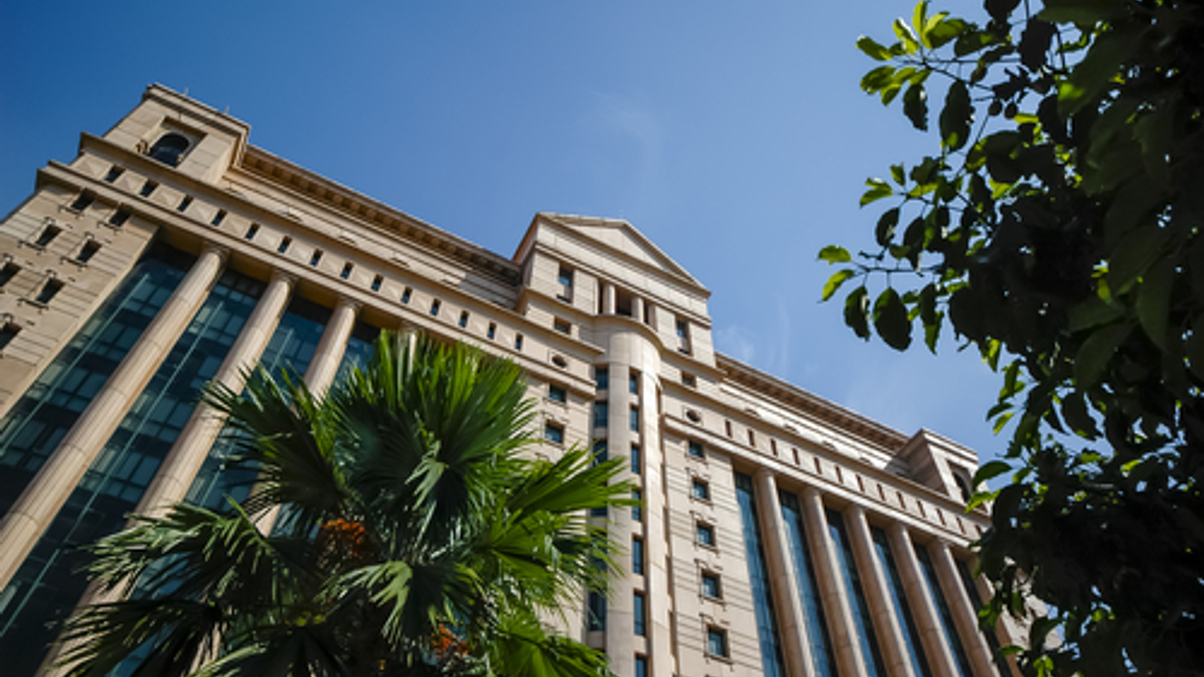Asian exchanges ramp up ETF push
The Malaysia and Singapore bourses recognise they are lagging peers in North Asia in respect of exchange-traded funds – and are keen to catch up.

Asian stock exchanges have a lot of work to do if their exchange-trade fund markets are to match ETF asset growth globally, says one of the region’s product development heads. The Malaysian and Singaporean bourses in particular are boosting their efforts to increase the number of ETF issues, encouraged by Hong Kong’s recent success with the launch of its first leveraged and inverse products.
Sign in to read on!
Registered users get 2 free articles in 30 days.
Subscribers have full unlimited access to AsianInvestor
Not signed up? New users get 2 free articles per month, plus a 7-day unlimited free trial.
¬ Haymarket Media Limited. All rights reserved.


